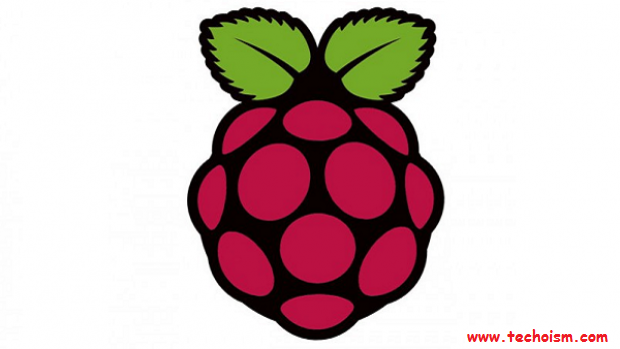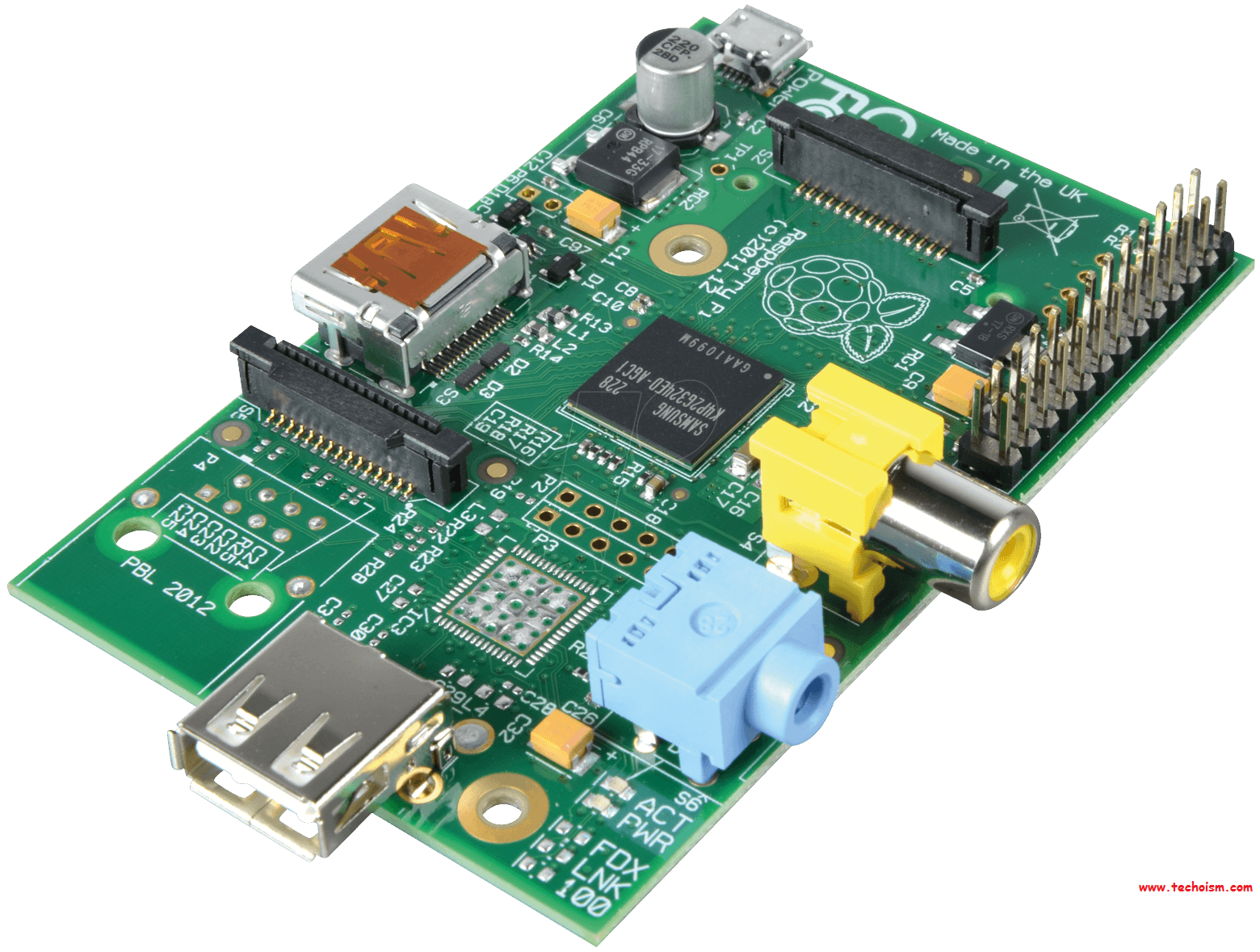What is Raspberry Pi ?
The Raspberry Pi is a progression of credit card–sized single-board PCs created in England, United Kingdom by the Raspberry Pi Foundation with the purpose to advance the educating of basic computer science in schools and developing nations. The Raspberry Pi was intended for the Linux operating system, and numerous Linux distributions now have a variant enhanced for the Raspberry Pi.

The Pi is a tiny PC about the measure of a credit-card, the board highlights a processor, RAM and typical hardware ports you find with generally PCs. This implies you’re ready to do most things a desktop PC can do, for example, document editing, playing HD video, playing games, coding and much more.
Raspberry Pi Hardware
The Raspberry Pi is open equipment, except for the primary chip on the Raspberry Pi, the Broadcomm SoC (System on a Chip), which runs a large portion of the main components of the board–CPU, design, memory, the USB controller, and so forth. A considerable lot of the tasks made with a Raspberry Pi are open and well-documented as well and are things you can manufacture and change yourself.
Advantages of Raspberry Pi:
Since the Pi is a basically a mini-computer so, here a list of advantages that I feel are very compelling.
Power consumption: The Pi attracts around five to seven watts of power. This is around one tenth of what a similar full-size box can use. Since servers are running constantly night and day, the electrical savings funds can truly include.
No moving parts: The Pi uses a SD card for storage, which is quick and has no moving parts. There are likewise no fans and different things to worry about. A Class 10 SD card is generally the best performing contrasted with lower class cards, yet this will mainly only affect boot time where there is the most I/O.
No noise: The Pi is completely silent.
Status lights: There are several status lights on the Pi’s motherboard. With a clear case you can see NIC activity, disk I/O, power status, etc.
Expansion capabilities: There are various gadgets accessible for the Pi, all at extremely moderate costs. Everything from an I/O board (GPIO) to a camera. The Pi has two USB ports, however by connecting a controlled USB hub, more gadgets can be added.
Built-in HDMI capable graphics: The display port on the Pi is HDMI and can deal with resolutions up to 1920×1200, which is pleasant for making the Pi into a video player box for instance.
Affordable: It is one of only a handful couple of gadgets in its class that offers 512 MB of RAM. The Pi has descended in cost since it initially arrived, and is finally affordable as an interest, business use, or whatever need there is.
Huge Community Support: The Pi support can be obtained entirely effectively for the hardware and/or GNU/Linux software that keeps running on the Pi mainly in user forums, depending upon the GNU/Linux distribution used.
Overclocking Capability: The Pi can be overclocked if there are execution issues with the application used, but it is at the user’s risk to do this.
Multiple uses: Having the capacity on a SD card makes it simple to swap with other SD cards running other GNU/Linux distributions to rapidly and easily change the usefulness of the Pi. On the off chance that you need to set up the Pi to keep running as a server to test it out, then later try something else, just swap the SD card and you’re done.
Drawbacks of the Raspberry Pi
With all of the positive things about the Pi, there are a couple of items that I feel are very minor drawbacks:
ARM architecture: While ARM is a highly proficient and low powered architecture, it is not x86 and therefore any binaries that are compiled to run on x86 cannot run on the Pi. The good news is that whole GNU/Linux distributions have been compiled for the ARM architecture and new ones are seeming constantly. There are not very few applications that totally need x86. The one and only that I observed so far to be an issue is Wine, which runs Windows programs. Unfortunately, Wine does not deal with the Pi.
RAM not upgradable: The main components of the Pi are patched to the motherboard, including the RAM which is 512 MB. This is not an issue however as GNU/Linux can easily run on this. I’ve found the Pi utilizes around 100 MB of RAM while running as a small server.

Enjoy it!
